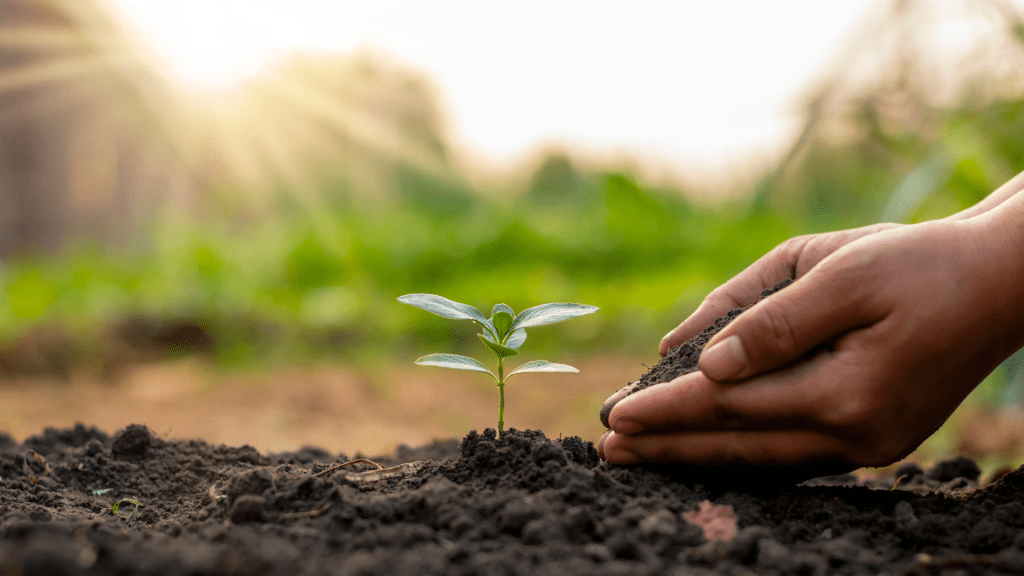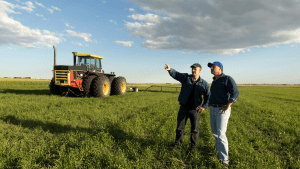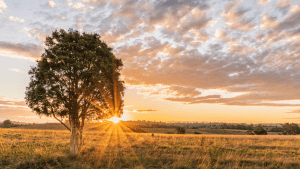Before taking on additional debt to expand, it’s really important to make sure you can service that debt under different conditions. For example, if we face a dry season and you’ve maxed out your borrowing capacity, you’ll be in a tight spot.
Another important practice is to prepare for potential interest rate increases and check whether you can keep up with debt repayments if rates go up, because while predicting the future is impossible, preparing for worst-case scenarios is always a smart move.
One thing we always look at with our clients before they take on more debt to buy more land is the productivity of their current property. The reason for this is that enhancing the functioning of existing infrastructure could yield higher returns in the short term and help increase cash flow.
In saying this, if a good opportunity arises, such as the sale of an adjoining property, it may be worth your while considering expansion and taking on more debt to do it.








